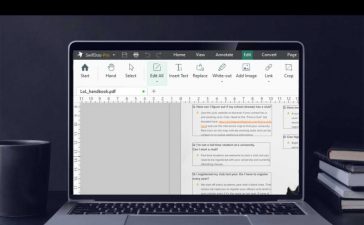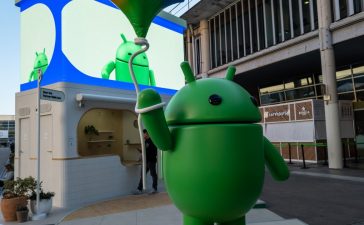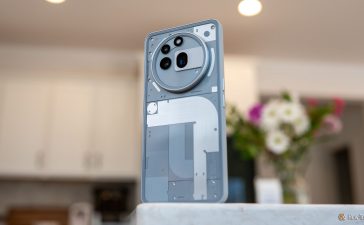Microsoft and the US Department of Energy’s Pacific Northwest National Laboratory (PNNL) used a combination of High-Performance Computing (HPC) and AI to zero in on a new material, which can potentially replace Lithium, for a battery in just 80 hours.
“Our collaboration with Microsoft is about making AI accessible to scientists. We see the potential for AI to surface a material or an approach that is unexpected or unconventional, yet worth investigating,” said PNNL’s deputy director for Science and technology Tony Peurrung, in a press release. PNNL conducts research in several areas, such as biology, chemistry, earth sciences, and data sciences.
The partnership between Microsoft and PNNL, announced in September last year, endeavors to leverage AI and other computing technologies to find solutions to global challenges. The two organizations would initially focus on computational chemistry and material science.
“With novel AI and hyperscale capabilities, we can speed up research and unlock the discovery of new molecules that can address some of the most pressing issues of our time, from clean energy to eliminating toxic chemicals and beyond,” said Jason Zander, executive vice president of strategic missions and technologies at Microsoft.
Accelerating scientific discoveries with AI
The initiative used Microsoft’s Azure Quantum Elements to narrow down the original data set of 32.6 million potential materials to just 18 in less than four days. Launched last year, Azure Quantum Elements brings together AI and HPC to help speed up the scientific methodology. It helped bring down the data set to 500,000 then 500, and finally to 18.
At this stage, PNNL experts further culled the list to identify lithium-sodium as the most appropriate material for a battery. The PNNL team is currently carrying out tests on this material. Azure Quantum Elements is built for researchers to use AI and HPC to fast-track scientific processes.
In comparison, the traditional process would have taken several years. Typically, the traditional process of developing a new battery material involves going through past work and then hypothesizing different approaches. This is followed by testing various hypotheses to reach a conclusion. It is a time-consuming process, demanding extensive calculations and chemistry. The use of new technologies is helping bring down the time.
Microsoft is not the only technology major working to speed up the scientific process. IBM has also created an “AI-enabled lab” to accelerate scientific discoveries. On the other hand, last year Google Cloud announced two AI-enabled life sciences solutions to fast-track drug discovery and precision medicines for biotech, public sector, and pharma firms.
Copyright © 2024 IDG Communications, Inc.












